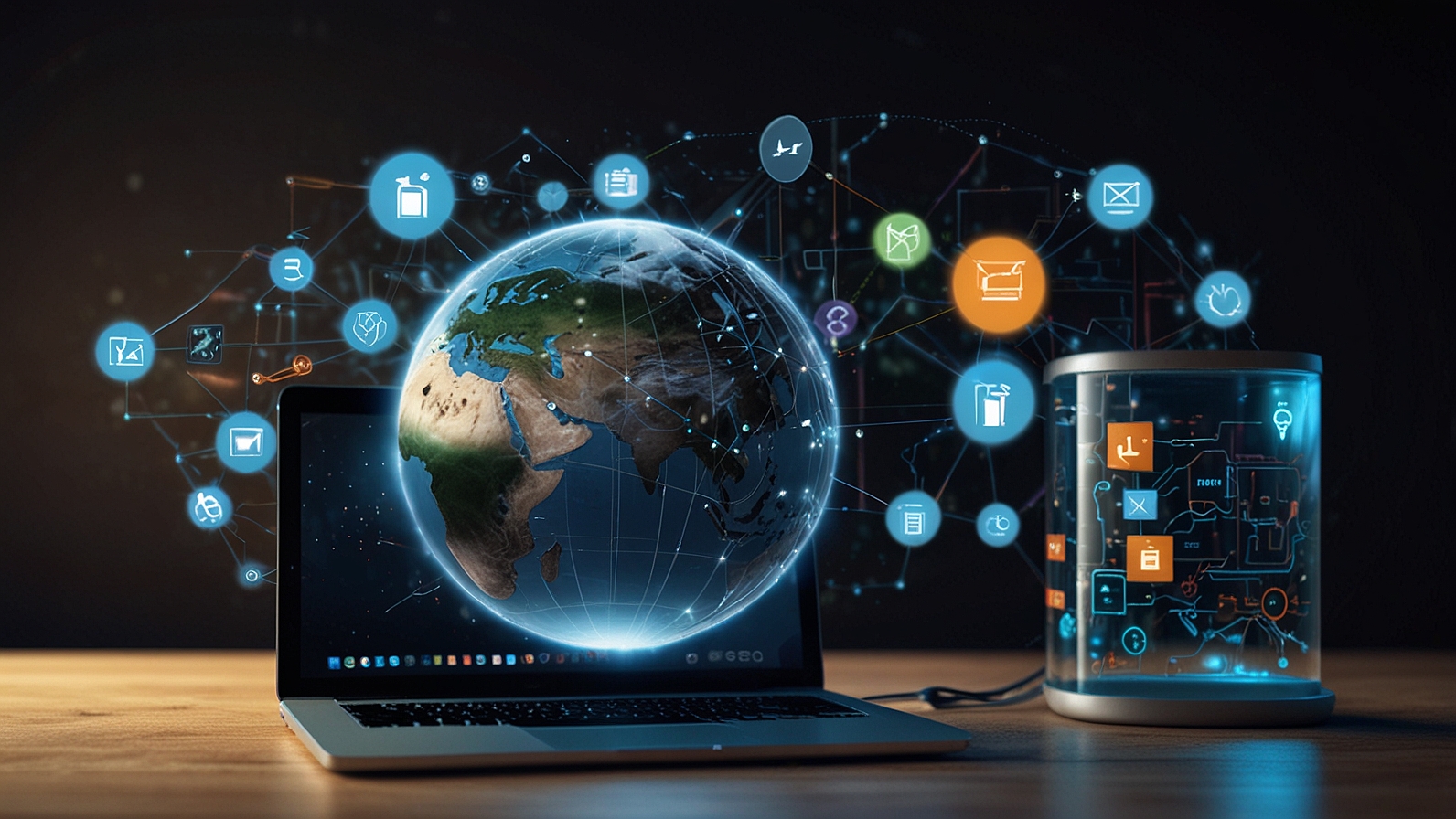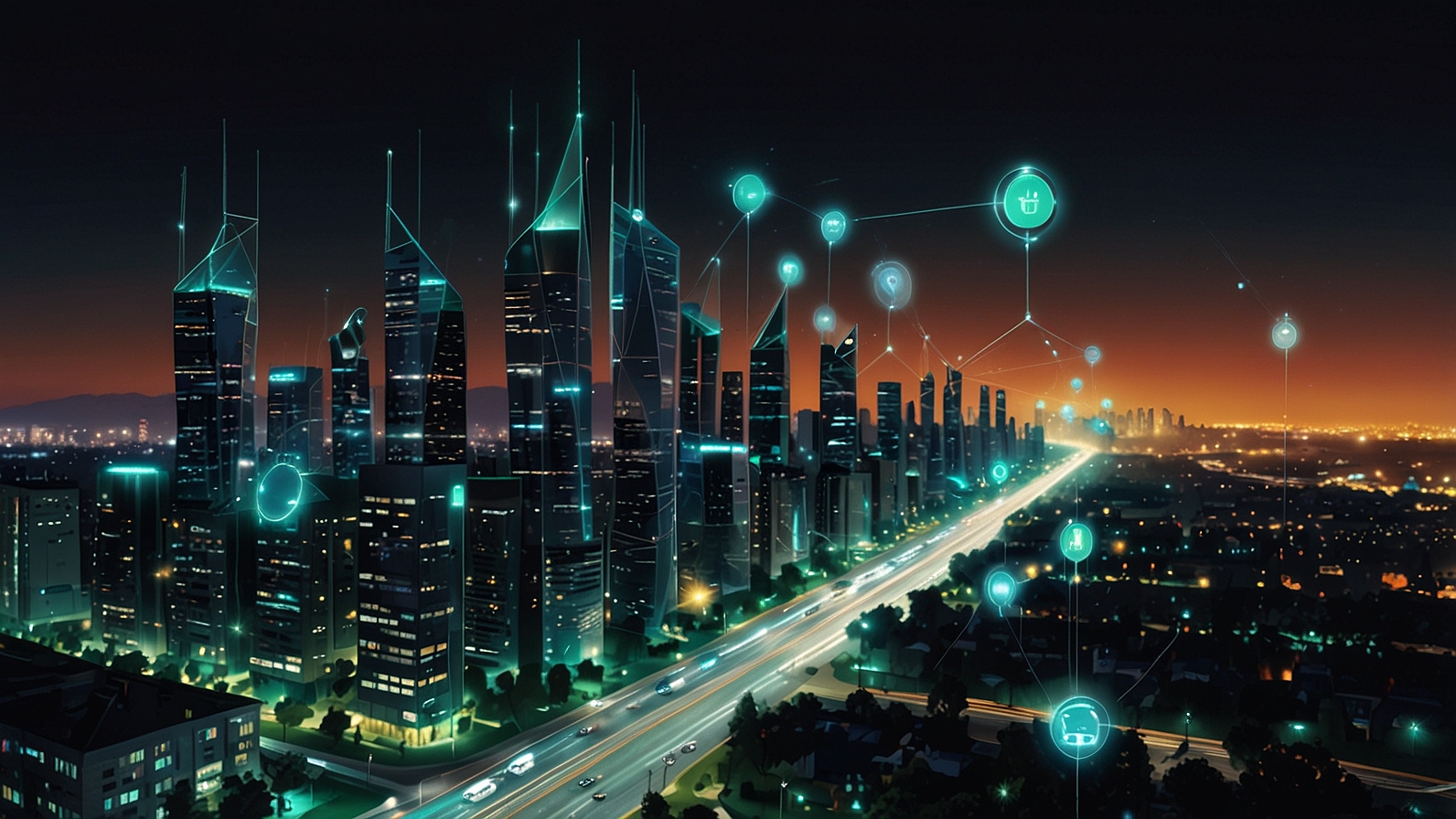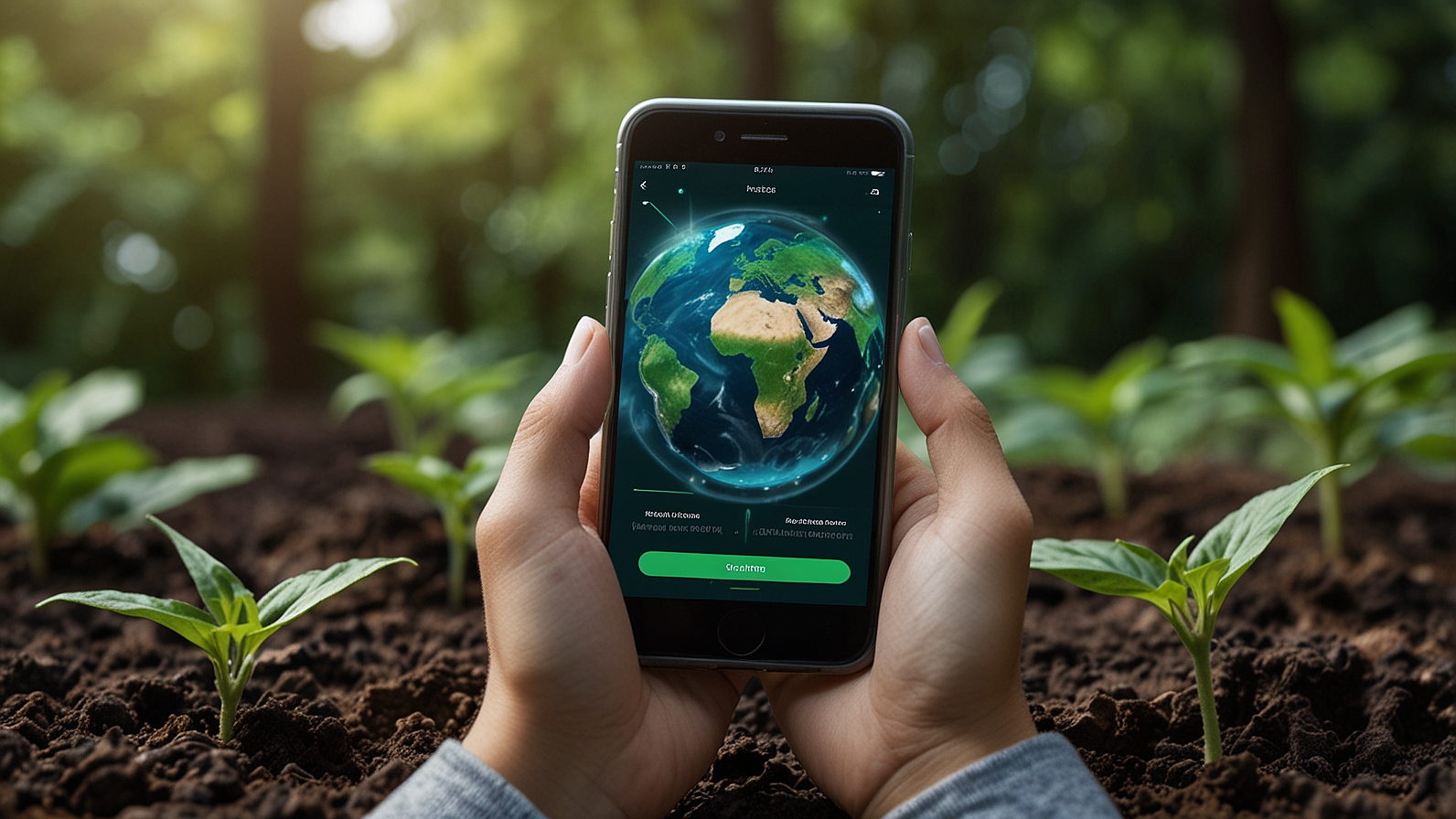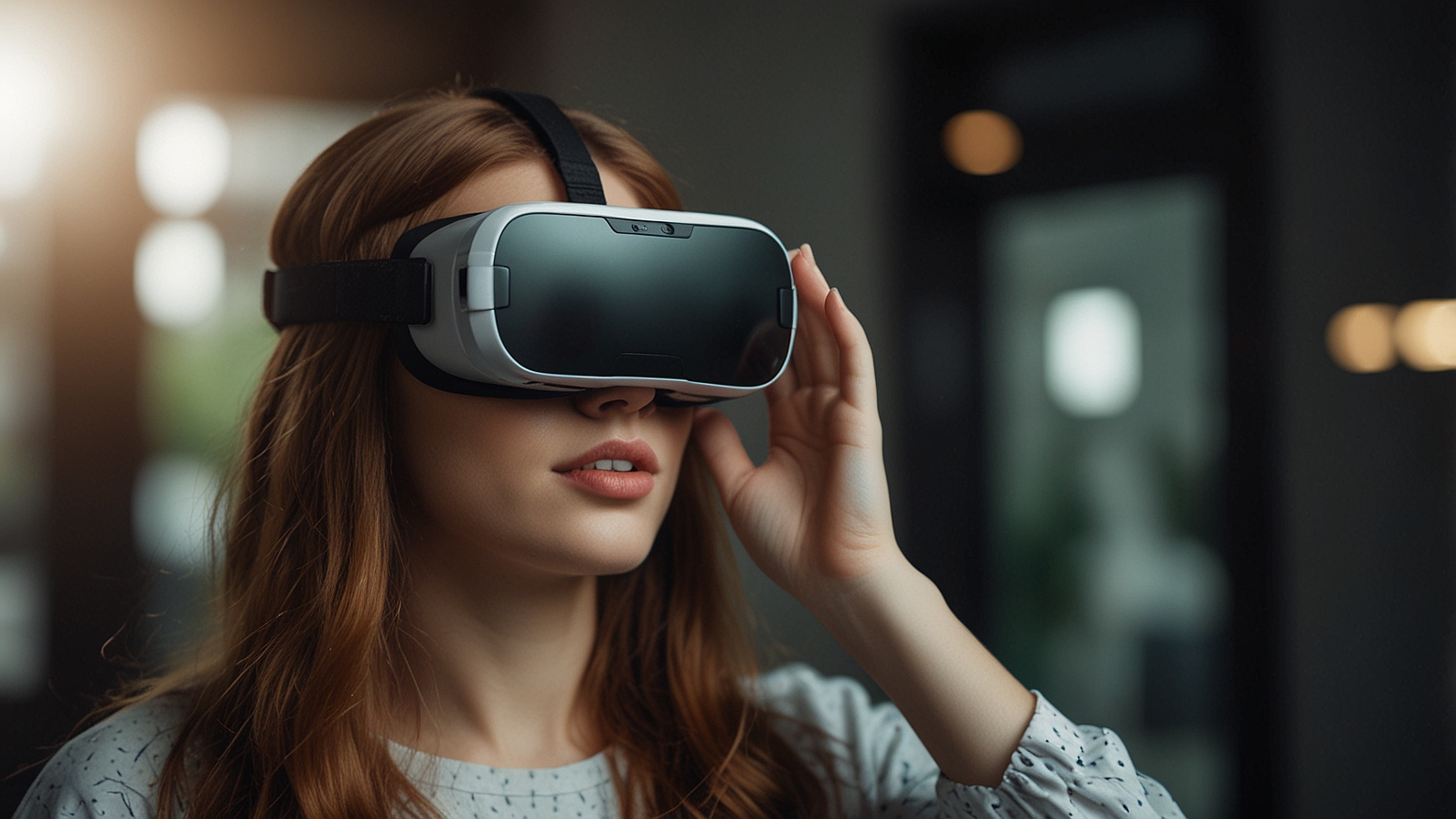The rise of remote work has sparked a new era of digital nomads—people who work from anywhere in the world, often moving between cities, countries, and continents. This lifestyle, made possible by digital connectivity, has become increasingly popular, especially post-pandemic. However, being a successful digital nomad requires more than just a laptop and Wi-Fi. To thrive in this flexible, on-the-go world, digital nomads need a set of tools and technologies that enable them to stay productive, connected, and organized no matter where they are.
In this article, we explore the key tech innovations that are making remote work easier for digital nomads, from communication tools to productivity apps and essential travel gadgets.
1. Communication Tools: Staying Connected Anywhere
For digital nomads, effective communication is paramount. Whether you’re collaborating with a team, interacting with clients, or attending virtual meetings, the ability to stay connected across different time zones is crucial.
- Zoom & Microsoft Teams: Video conferencing has become a staple for remote teams, and tools like Zoom and Microsoft Teams are essential for maintaining face-to-face interactions. Both platforms offer high-quality video and audio, real-time collaboration features, and screen sharing, making them indispensable for virtual meetings.
- Slack & Discord: For less formal communication, Slack and Discord have become go-to platforms. Slack is known for its professional, work-focused channels and integrations with other productivity tools, while Discord, originally designed for gamers, is gaining traction in the remote work world with its casual, user-friendly design and voice chat features.
- WhatsApp & Telegram: Instant messaging apps like WhatsApp and Telegram are vital for keeping in touch with family, friends, and colleagues. They offer secure messaging, file sharing, and voice/video call capabilities, making them versatile tools for digital nomads on the go.
2. Project Management: Staying Organized
Remote work often means managing multiple projects across different clients or teams. To keep everything organized and on track, digital nomads rely on project management tools that allow them to plan, delegate, and track progress efficiently.
- Trello & Asana: Trello, with its intuitive kanban-style boards, is ideal for visualizing workflows and tracking tasks in a simple, organized way. Asana, on the other hand, is more robust, offering task management features, project timelines, and team collaboration tools. Both platforms allow digital nomads to stay on top of their deadlines, projects, and priorities.
- Notion: Notion has become a favorite among digital nomads for its flexibility and all-in-one approach. It serves as a note-taking tool, project management system, knowledge base, and to-do list manager, all in one. With customizable templates and collaboration features, Notion is ideal for remote workers who need to consolidate their tools into a single, accessible platform.
3. Time Management: Mastering Work-Life Balance
Digital nomads often struggle with balancing work and leisure, especially when they’re living in a new environment and exploring different time zones. To ensure productivity and avoid burnout, time management tools are essential.
- Toggl & RescueTime: Time tracking apps like Toggl allow digital nomads to log their work hours and stay mindful of how much time they’re spending on tasks. RescueTime, a more passive time management tool, runs in the background and provides insights into how time is spent on different apps or websites. These tools help digital nomads maintain focus and prioritize their work.
- Google Calendar: Scheduling is essential when you work remotely, and Google Calendar remains one of the most effective and universally used tools for managing appointments, meetings, and tasks. Integration with other platforms like Zoom or Slack makes it easy to schedule virtual meetings and sync across devices.
- Forest: For those who struggle with distractions, Forest is an app that encourages focus by growing a virtual tree every time you stay off your phone for a set period. It’s a unique way to stay motivated and avoid the temptation of checking social media during work hours.
4. Cloud Storage: Accessing Files Anytime, Anywhere
Being able to store and access files remotely is a must for digital nomads. Cloud storage platforms allow remote workers to access their files from any device, no matter where they are.
- Google Drive & Dropbox: Google Drive and Dropbox are two of the most popular cloud storage services for digital nomads. Both offer easy file sharing and collaboration features, with Google Drive also offering integrated tools like Google Docs and Sheets for seamless document editing and real-time collaboration.
- iCloud & OneDrive: For Apple users, iCloud offers seamless integration across all devices, allowing easy access to photos, documents, and backups. Similarly, OneDrive, Microsoft’s cloud storage service, integrates well with Microsoft 365, making it perfect for teams that rely on Office apps.
5. Travel Tech: Adapting to the Nomadic Lifestyle
While staying connected and organized is important, digital nomads also need travel-related tools to ensure smooth transitions between different locations. From booking flights to navigating new cities, these travel tech tools are essential.
- Skyscanner & Google Flights: For finding the best flights, Skyscanner and Google Flights are essential tools for budget-conscious nomads. Both platforms allow you to compare prices, track flight trends, and get alerts for price changes, helping digital nomads find affordable airfare without spending hours searching.
- TripIt: When you’re constantly on the move, keeping track of travel plans can be a logistical nightmare. TripIt organizes your travel itineraries by automatically syncing with your email to create a comprehensive travel schedule. It also provides access to real-time flight updates and alerts, so you’re always prepared.
- Nomad List: For digital nomads seeking new locations to settle in, Nomad List offers valuable information on the best cities for remote work, considering factors like cost of living, internet speed, and quality of life. It also allows users to connect with other nomads and share advice on living and working in different locations.
6. Secure Internet: Staying Safe Online
Security is a top priority for digital nomads, especially when working from cafes, co-working spaces, or public areas where Wi-Fi may not be secure. Virtual Private Networks (VPNs) and other security tools are critical for safeguarding personal and work-related data.
- NordVPN & ExpressVPN: A reliable VPN is a must for secure online browsing, particularly when connecting to public Wi-Fi networks. NordVPN and ExpressVPN are two popular options that offer high-speed connections and robust security features, helping digital nomads maintain privacy and access geo-restricted content.
- 1Password: Managing multiple passwords across different platforms can be challenging, but 1Password offers a secure way to store and generate passwords for every online account. This tool is especially useful for remote workers who need to access a variety of accounts securely.
Conclusion: Tech-Driven Freedom for Digital Nomads
The rise of digital nomadism is undeniably linked to technological advancements, and as new tools continue to emerge, remote work is only going to become more efficient and accessible. By leveraging communication platforms, time management tools, cloud storage, and travel-related tech, digital nomads can stay productive and maintain their work-life balance no matter where they are in the world.
These innovations not only help remote workers manage their responsibilities but also provide the flexibility and freedom that define the digital nomad lifestyle. As the world becomes increasingly connected, the future of remote work is bright, and technology will continue to empower workers to embrace a lifestyle of adventure, exploration, and success.














